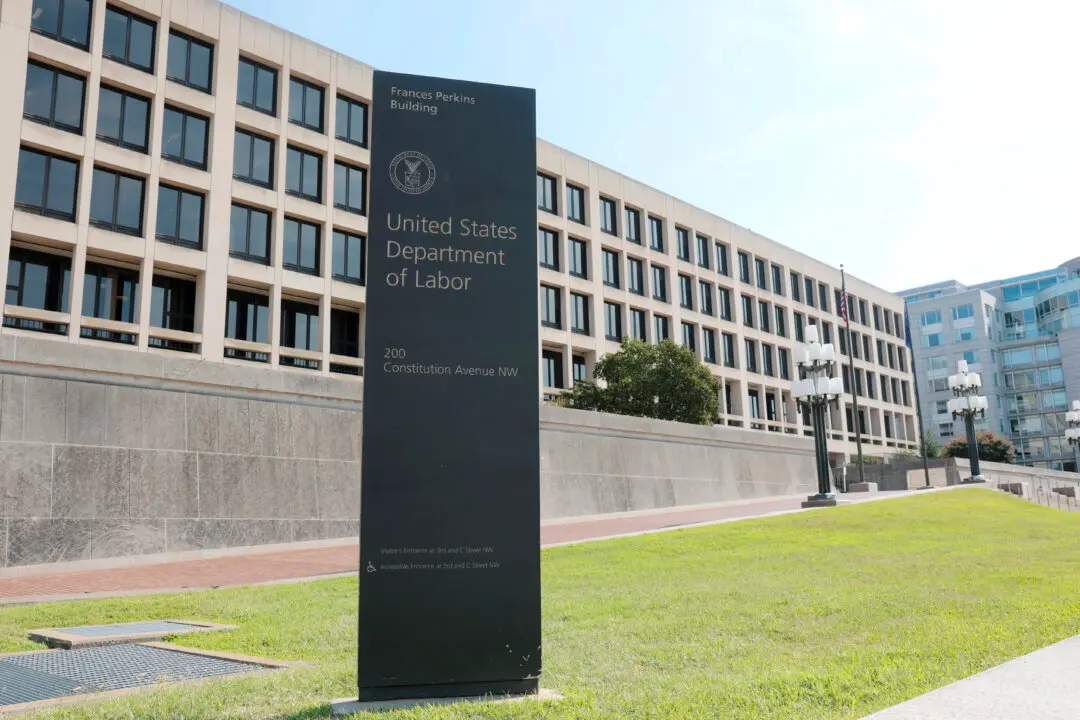Commentary
On July 12, financial markets were roiled by an early release of the Consumer Price Index that turned out to be a fake. It looked real, and markets were flooded with sellers because the number came in at 10.2 percent year over year. That would imply more extreme efforts by the Federal Reserve to crack down.





